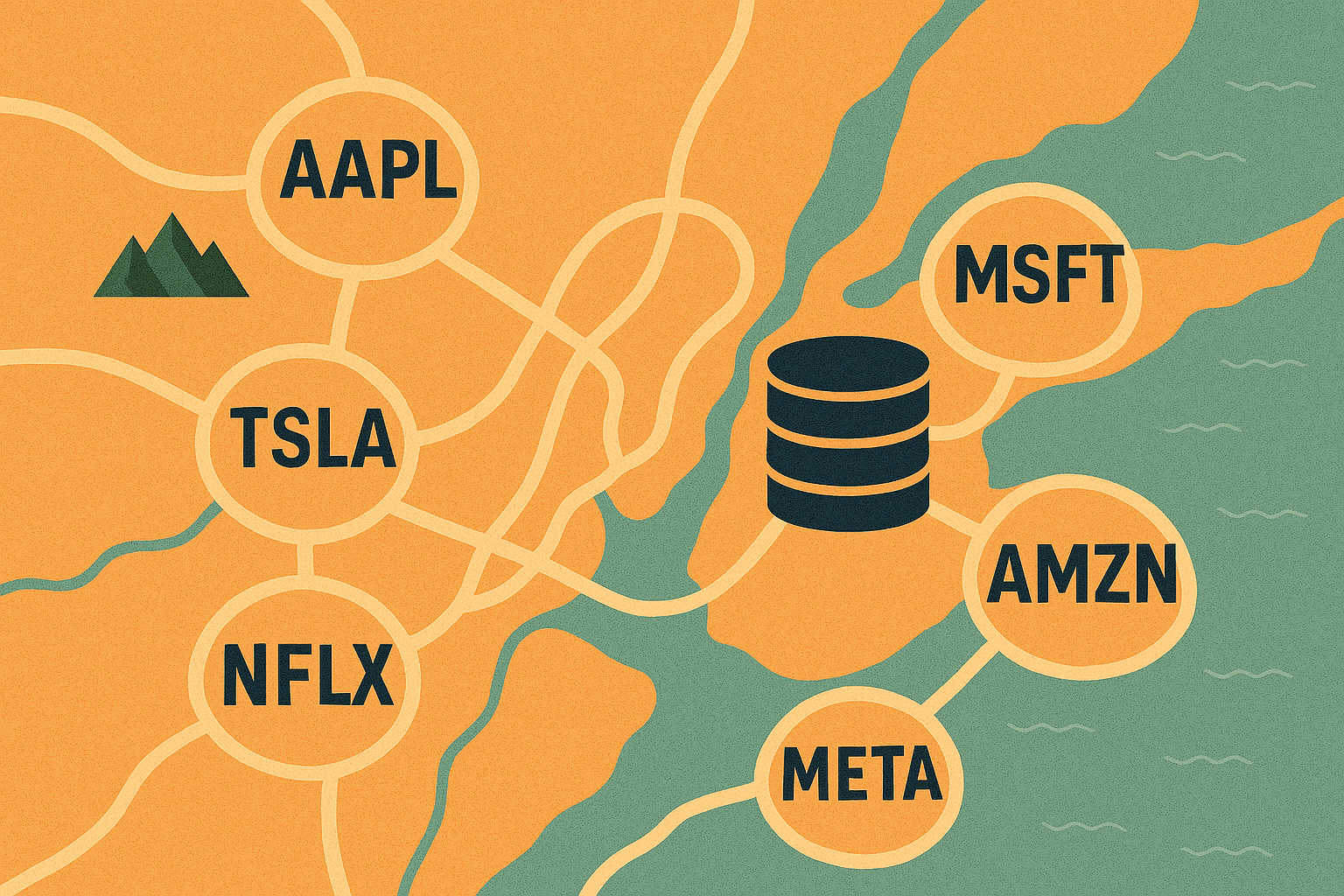Over the course of a three-week period in May this year 24 buyside funds with varying levels of alternative data experience completed detailed surveys on their use of alternative data. This provided Eagle Alpha with one of the richest datasets ever collected on how the buyside is working with alternative data. In this blog, we will share some of our insights from the survey.
Spend and Growth
2020 was a tough year for the global economy and the buyside was not immune to this. Our findings suggest that more experienced alternative data users (those with more than 3 years of experience) saw spending growth slow in 2020. However, more recent adopters of alternative data (those with 3 years or less experience) continued to grow their budgets.
As we look into 2021 spend growth is accelerating, with most data budgets forecast to grow by over 20% YoY in 2021. Data teams are also continuing to grow, with the average team forecast to more than double in size from 2019 to 2021.
One interesting survey takeaway as regards spending behaviour is that the average spend on a dataset appears to be higher for recent alternative data adopters than more experienced funds. This could be due to recent adopters licensing more expensive ‘core’ datasets whereas more experienced funds are focused on smaller, more niche and lower-priced datasets.
Innovation
From the survey we could see that funds with more experience working with alternative data are more likely to explore an integrated approach to alternative data, i.e. the data team is more likely to be distributed across pods or at an individual PM level. By contrast, recent adopters are more likely to adopt the standard centralised team approach.
More experienced alternative data teams are also more likely to push ideas to the investment team, although the investment team are still the primary source of projects for data teams at both experienced funds and recent adopters.
ROI
There is no consensus on how to calculate ROI on alternative data amongst discretionary funds. Some calculate ROI on an individual project, some focus on the number of requests the data team receive, some track fund performance. Many simply don’t try to calculate the ROI.
The ROI calculation is much simpler for quant funds with the majority of respondents indicating that they calculate alpha contribution at an individual dataset or project level.
Trials & Implementation
Responses to the questions on dataset trialling and implementation were possibly the most surprising in the entire survey. The responses differed when asked how long a trial typically takes compared to the responses when asked to attribute how long the individual tasks during a trial take. That is to say, funds suggested the work-hours to complete a trial were much lower than the overall time a trial takes! We saw similar, seemingly contradictory, trends when we asked about how long it takes to implement a dataset after a trial has been completed. The funds suggested the overall time it takes to implement a dataset was much longer than the work-hours involved.
One explanation for this seemingly incongruous takeaway is that there is a lot of dead time during trials and dataset implementation. This may be due to slow responses from the data vendors. Alternatively, it could be due to internal bottlenecks – something I discuss a little later.
A major focus of our product investment in recent years has been on addressing these bottlenecks during trials. Through our repository of vendor compliance documents, our standardised trial agreement, our hosted trial data and our facilitated trials offering we are dramatically cutting the time it takes our clients to trial data.
The less surprising takeaway as regards trials and implementation was around trial conversion rate and the renewal rates on a dataset. Both were higher for experienced funds than recent adopters.
Challenges
The greatest challenge for both new adopters of alternative data and experienced funds is finding alpha in datasets. When asked specifically about engineering and data science or legal and compliance one of the most common challenges identified is internal bottlenecks. Through our advisory services, our teach-ins, our online workshops and our premium content we are helping our clients overcome these strategic challenges.
[Click here to access a redacted version of our alternative data buyside survey. If you would like to learn more about any of the data sources mentioned or how Eagle Alpha is helping clients in the current environment then please contact us at inquiries@eaglealpha.com]





